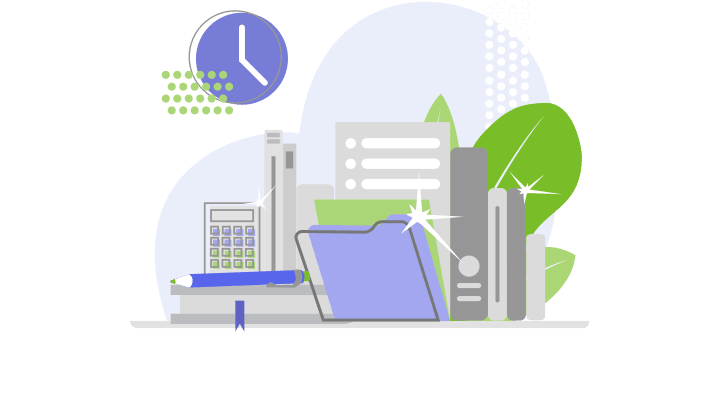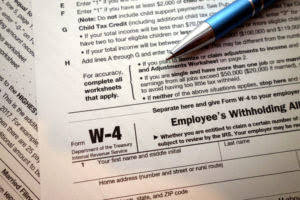Kristin is a Certified Public Accountant with 15 years of experience working with small business owners in all aspects of business building. In 2006, she obtained her MS in Accounting and Taxation and was diagnosed with Hodgkin’s Lymphoma two months later. Instead of focusing on the fear and anger, she started her accounting and consulting firm. In the last 10 Car Dealership Accounting years, she has worked with clients all over the country and now sees her diagnosis as an opportunity that opened doors to a fulfilling life.

Cost Behavior: Introduction to Fixed and Variable Costs
- However, mixed costs also have drawbacks, such as difficulty in forecasting and budgeting errors.
- In this case, rent is the fixed component, and utilities are variable (Bragg, 2019).
- Fixed costs also play a critical role in setting prices for products or services.
- Consider the following example to understand how variable cost behaves in a manufacturing company.
Since mixed costs have characteristics of both fixed and variable costs, they are usually separated into segments in order to be graphed. Going back to our example, the salary would be graphed like a fixed cost and the commissions would be graphed like a variable cost. In summary, exploring variable costs provides valuable insights into cost structures, pricing strategies, and resource allocation.
Formula Biaya Campuran
Each month, you pay a set amount for things like water and sewer services. On top of that, your costs go up or down depending on how much you use. The commission, on the other hand, acts more like a variable cost because it’s based on the productivity of the employee.
Variable Costs

In January (the low point), the company performed 2,200 oil changes with a total cost of $9,860. Those additional oil changes cost the company an additional $1,725. That also means that the variable cost of 750 oil changes is $1,725. This formula helps us figure out costs better by showing us how they go up or down with production levels. Let’s say your company rents machines to make products—the rent would be your fixed cost since it stays the same each month. Mixed cost is a type of expense that includes both fixed and variable elements.

In addition, the electric bill includes a fixed charge based on the manufacturer’s peak day electricity usage that occurred in the prior 12 months. The y-axis measures the costs and the x-axis measures product or sales volume. During the month of June-2019 total fixed cost, which includes rent, depreciation, salaries, and utility expenses, comes to $ 100,000. The variable cost per bookkeeping unit during the same period comes to $ 10 per unit, and the number of units produced is 50,000. This is due to fluctuations in the fixed and variable components. For instance, the fixed component of a mixed cost may increase over time due to factors like inflation, thereby altering the overall cost behavior and complicating accurate predictions.
As the name suggests, a mixed cost is made up of a mix of variable cost and fixed cost. A cost must have both components to be considered a mixed cost. The red-shaded area shows the fixed component which stays same at all output levels (0 – 16) and the blue-shaded area shows the variable component which increases with increase in output. A mixed cost can be bifurcated into fixed and variable elements using high-low method, scatter-graph method and least-squares regression. Good cost control starts with knowing what part of a mixed cost will stay the same no matter what, and which part will change with activity levels. Analyzing your cell phone bill can teach you about cost behavior.

The company is meant to incur that particular regardless of its output level. On the other hand, the variable component of the mixed cost will directly vary following the level of output (or level of usage) within the company. Mixed Costs can simply be defined as costs that include both fixed and variable components. Therefore, they can best be described as costs that have a fixed component and a variable component. A high-low-cost accounting method is an efficient approach to determining fixed mixed cost and variable costs with limited data.
